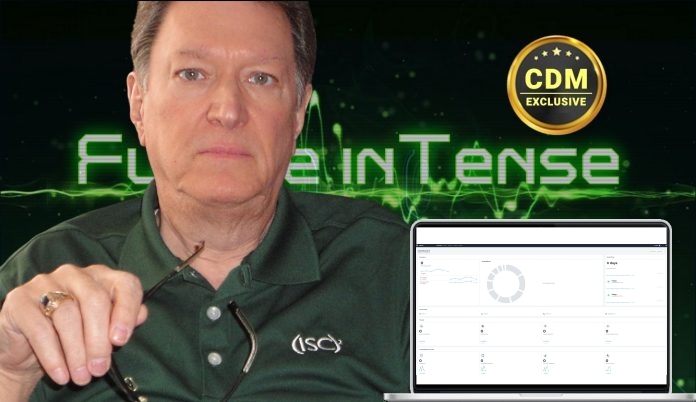YouTube app icon on iPhone XR.
A recent Pew Research Center report found that about a quarter of Americans get their news on YouTube, a space where you can bounce from the latest Taylor Swift music video to one man in a basement aggressively spouting conspiracy theories as facts to how to pick a lock to CNN and back to T-Swift.
“The study finds a news landscape on YouTube in which established news organizations and independent news creators thrive side by side – and consequently, one where established news organizations no longer have full control over the news Americans watch,” reads the report.
The study was divided into two parts: a survey conducted in January asked 12,638 U.S. adults about their experiences with news consumption on YouTube; and a December 2019 analysis of the most popular YouTube news channels and the contents of the videos published by a subset of those channels.

Chart from September 2020 Pew Research Center report, detailing how many American adults get news … [+]
YouTube news consumers say that they at least sometimes turn to news organizations as well as independent channels for news, but identical shares of 23% often turn to each type of source. Independent channels don’t have any clear affiliation with any external entity, which some might say means they may not be reputable. In fact, the content analysis portion of Pew’s report found that 70% of the most popular independent news channels are centered around a personality, most often a “YouTuber,” or someone who gained a following through their YouTube presence, rather than someone who was already a public figure before getting attention on the platform.
According to the report, 72% of U.S. adults say that YouTube is an important way to get the news. But it’s not just news they’re looking for. “…when YouTube news consumers were asked to describe in their own words why YouTube is a unique place to get news, the most common responses relate to the content itself — including access to news sources outside the mainstream…” YouTube news viewers are just as likely to say they are seeking opinions and commentary on the platform (51%) as they are to say they just want the facts (48%).
Out of the 377 most popular YouTube news channels, 49% are established news organizations, while 42% are independent channels. The remainder are associated with other types of organizations. The study found that news organizations tended to post more often, but independent sources posted longer videos, no doubt filled with expert commentary.
“The content analysis suggests that some of these problems may be particularly big concerns when it comes to videos produced by independent YouTube news channels rather than those affiliated with news organizations,” the study reads. “For instance, coverage of conspiracy theories was almost entirely concentrated among videos from independent channels and virtually absent from videos produced by channels affiliated with news organizations.”

Chart detailing that independent YouTube channels covered QAnon conspiracy theories much more … [+]
Of the nearly 3,000 videos posted by the 100 most viewed YouTube news channels in December 2019, 14% were primarily about conspiracy theories related to QAnon/deep state, Jefferey Epstein and anti-vaccine, and 21% at least mentioned one of these theories. News organizations only mentioned at least one of the conspiracy theories studied in only 2% of videos, and only 1% were primarily about one.
“Many young people have absorbed a YouTube-centric worldview, including rejecting mainstream information sources in favor of platform-native creators bearing ‘secret histories’ and faux-authoritative explanations,” wrote Kevin Roose for The New York Times. The trouble, as has been well-documented, is with the recommendation algorithm that leads certain viewers down rabbit holes. Believing in one conspiracy theory often results in a domino effect, wherein a fictional way of thinking colonizes the mind. If you start to believe that well-proven facts about the shape of the earth is a lie, what other fictions might begin to appeal to you that will have real-world consequences?

A woman with a QAnon shirt stands with hundreds of people of mixed political views, religions and … [+]
YouTube has worked to stop recommending conspiracy theories, and the independent channels that propagate them, over the past two years. And indeed, the platform has nearly eradicated flat earth and 9/11 conspiracy theories. Others, like the climate change hoax or that aliens created the pyramids, continue to flourish.
YouTube’s success rooting out certain types of conspiracy theories just proves that it has the power to remove them all, but is instead choosing which types to allow to proliferate. With the election coming up, the stakes are as high as they’ve ever been.


/https://specials-images.forbesimg.com/imageserve/5f74814a07ad721ab29cbc78/0x0.jpg)









